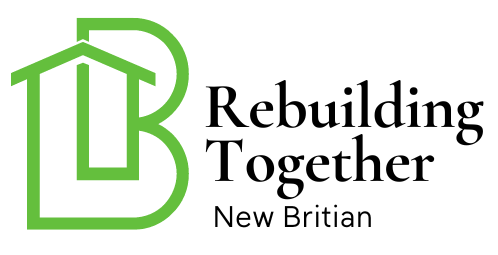In today’s world, ensuring that homes are accessible to everyone is a priority for many homeowners. ADA-compliant wall outlets play a crucial role in making homes more inclusive and user-friendly. Whether you’re renovating your home or building a new one, understanding the importance of these outlets is key to creating a space that meets everyone’s needs.

What are ADA-compliant wall outlets?
The Americans with Disabilities Act (ADA) sets standards to ensure accessibility for individuals with disabilities. ADA-compliant wall outlets are designed to be accessible to everyone, including those with physical limitations. These outlets are installed at a height that allows easy access without the need for bending or reaching too high.
The Importance of ADA Standards
The ADA standards are essential in creating spaces that are safe and accessible for everyone. By following these standards, homeowners can ensure that their homes are welcoming to all, including guests and family members with disabilities. ADA-compliant wall outlets are a simple yet effective way to adhere to these guidelines and improve the overall accessibility of your home.
Benefits of Installing ADA-compliant wall outlets
- Increased Accessibility: These outlets are placed at a height that is convenient for wheelchair users and those with limited mobility.
- Enhanced Safety: By reducing the need to stretch or bend, these outlets minimize the risk of falls and injuries.
- Future-proofing Your Home: As accessibility becomes increasingly important, having an ADA-compliant home can increase its value and appeal.
How to Install ADA-compliant wall outlets
Installing ADA-compliant wall outlets is a straightforward process that can be done during a renovation or new construction. It’s important to hire a qualified electrician who understands the ADA guidelines to ensure proper installation. For more details on ADA requirements, you can check out this ADA requirements guide.
Common Misconceptions About ADA Compliance
Some homeowners believe that making a home ADA-compliant is costly and time-consuming. However, simple changes like installing ADA-compliant wall outlets can have a significant impact without breaking the bank. Additionally, these changes can be made gradually, making the process more manageable.
Integrating ADA-compliant wall outlets with Other Home Features
To create a truly accessible home, consider integrating ADA-compliant wall outlets with other accessible features. For instance, you can pair them with accessible light switches and ADA-compliant home lighting to enhance convenience and usability. Additionally, incorporating ADA-compliant flooring options can further improve the safety and accessibility of your home.
Choosing the Right Placement for Wall Outlets
When planning for ADA-compliant wall outlets, consider the layout of your home and the needs of its occupants. Outlets should be strategically placed in areas where they are most likely to be used, such as near beds, desks, and kitchen counters.
Cost Implications of ADA Compliance
While there may be some upfront costs associated with making your home ADA-compliant, these changes can lead to long-term savings. By investing in accessibility now, you can avoid costly renovations in the future and potentially increase the value of your home.
DIY vs. Professional Installation
For those who are handy, installing ADA-compliant wall outlets might be a feasible DIY project. However, to ensure that all guidelines are met, it’s often best to hire a professional electrician. This ensures the work is done safely and correctly.
Ensuring Your Home Meets ADA Standards
Regularly reviewing your home for compliance with ADA standards is a good practice. This includes checking the height and placement of wall outlets, as well as other features like accessible sinks and countertops and ADA-compliant shower designs.
The Future of Home Accessibility
As our society becomes more aware of the importance of accessibility, the demand for ADA-compliant homes is likely to grow. By staying ahead of the curve and incorporating ADA-compliant wall outlets now, you’ll be better prepared for future trends.
Conclusion
Installing ADA-compliant wall outlets is a vital step in creating an accessible and inclusive home environment. These outlets not only enhance safety and convenience but also future-proof your home. As a homeowner, taking steps to ensure ADA compliance can make a significant difference in the quality of life for everyone who enters your home.

FAQs
What height should ADA-compliant wall outlets be installed?
According to ADA guidelines, wall outlets should be placed between 15 and 48 inches above the floor to ensure accessibility for all users.
Are ADA-compliant wall outlets more expensive?
While there may be a small additional cost for installation, the long-term benefits of increased accessibility and home value often outweigh the initial expense.
Can I install ADA-compliant wall outlets myself?
While it’s possible to install these outlets yourself, hiring a professional ensures that all ADA standards are met and the installation is done safely.
This article contains affiliate links. We may earn a commission at no extra cost to you.

